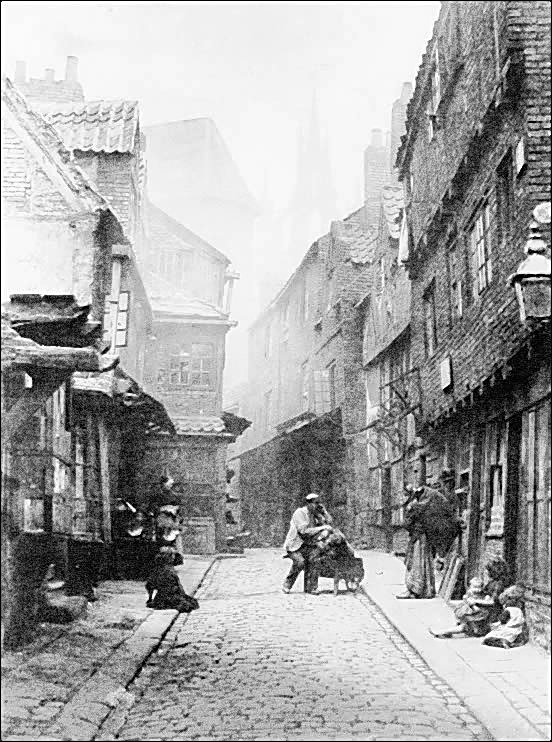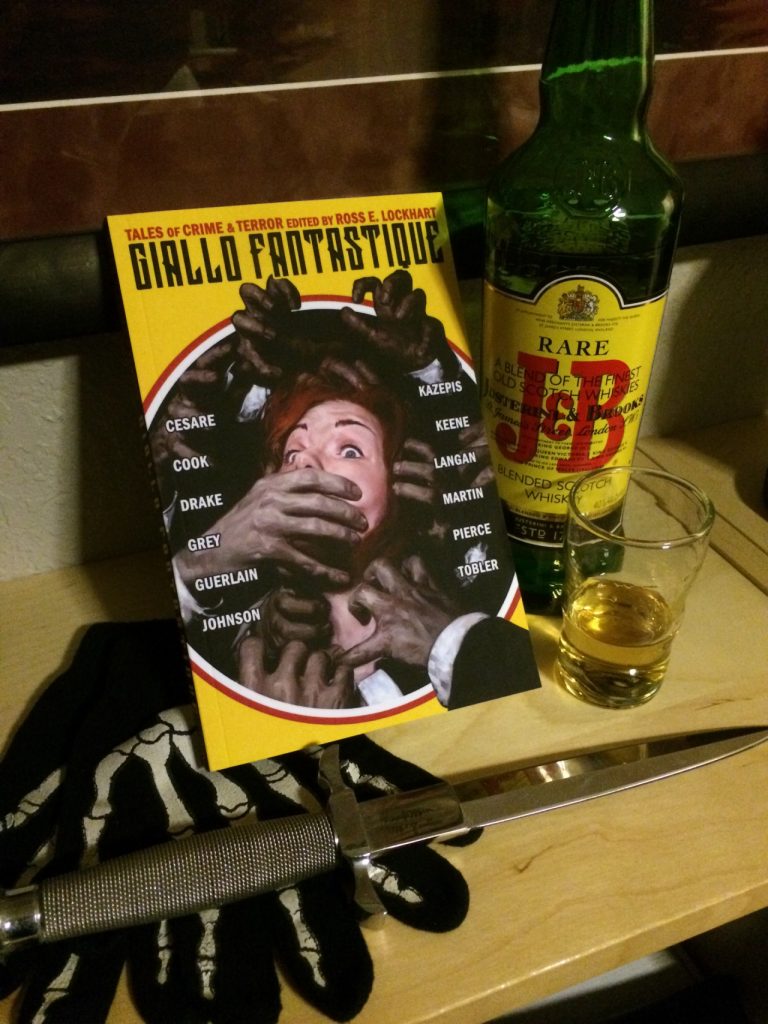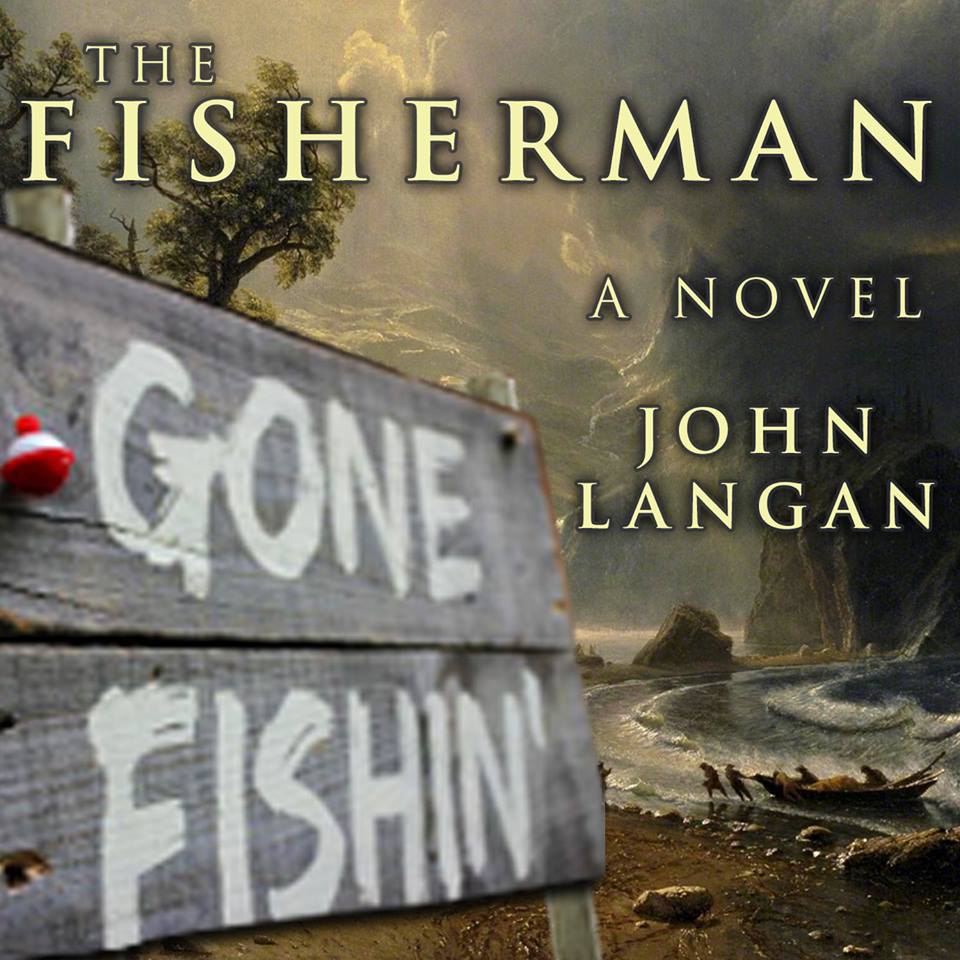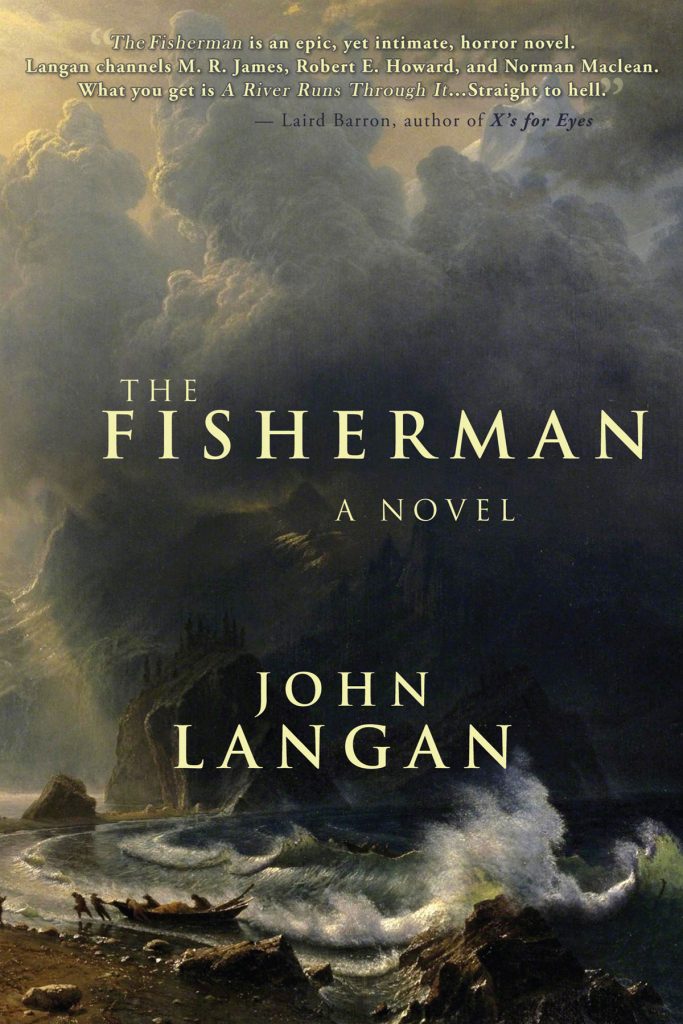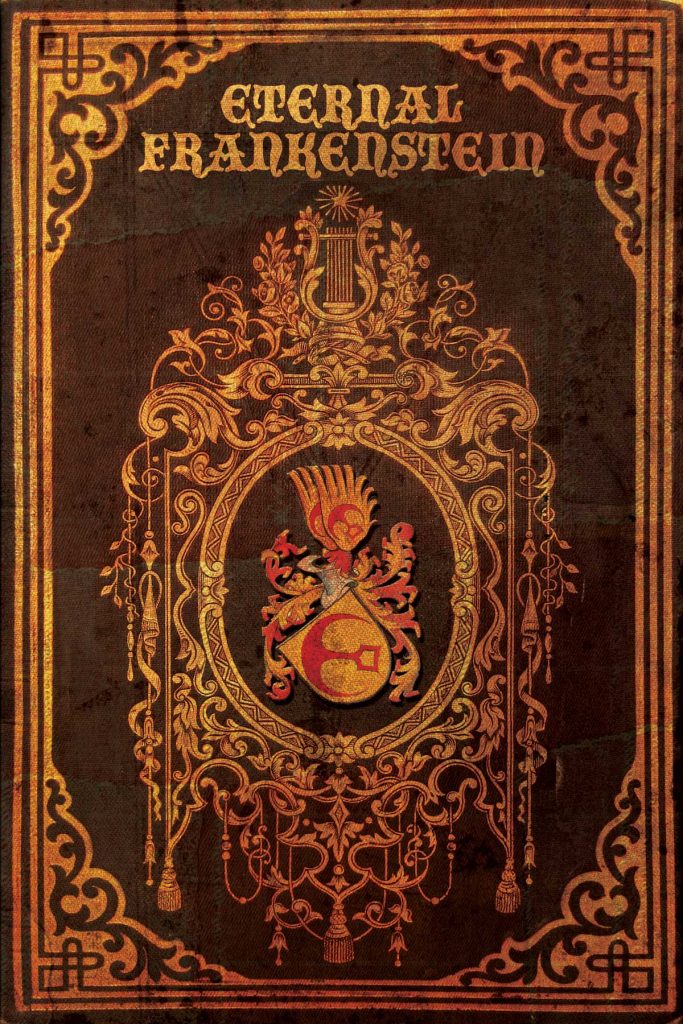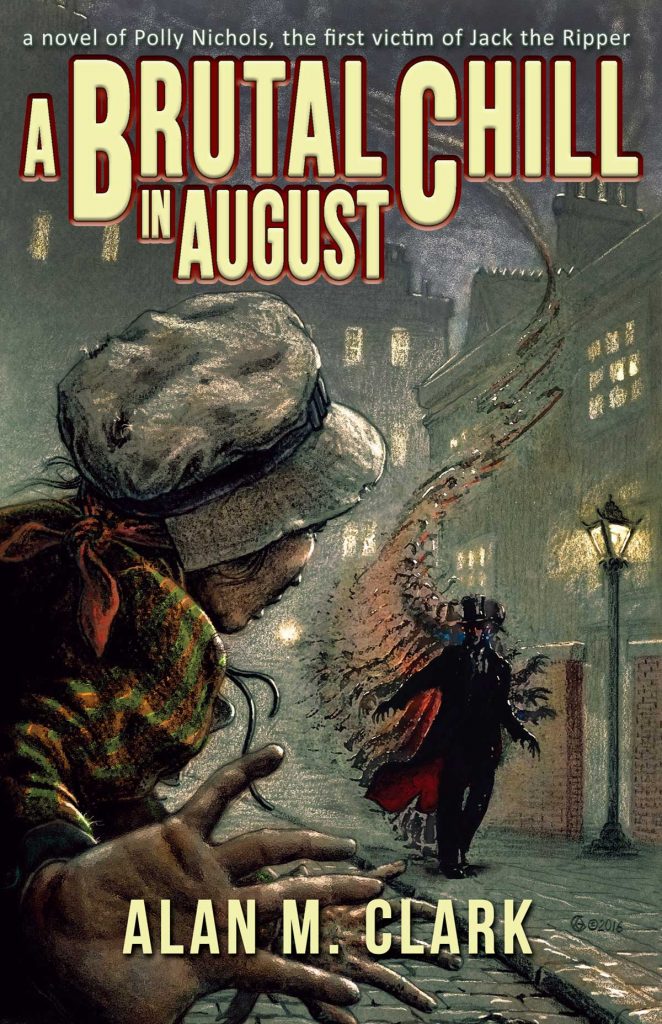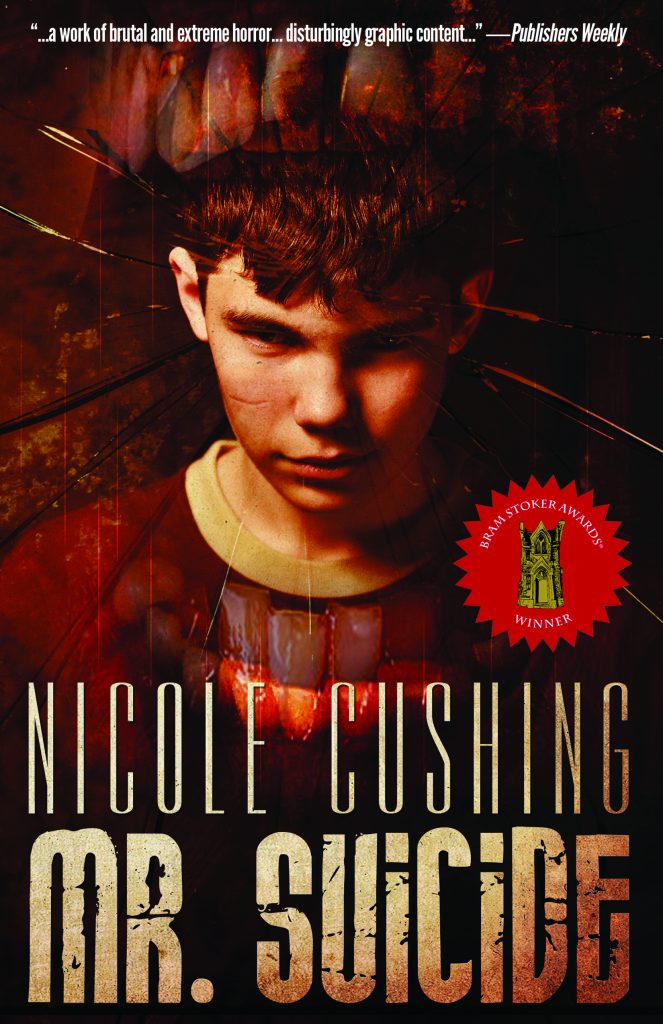THE PEOPLE OF THE ABYSS Liveblog Part 3 by Alan M. Clark
 In chapter 3, with the help of his detective acquaintance, Jack London found a refuge from the East End within the East End, a small lodging of better quality than most in the area that he could periodically visit to wash himself, keep warm, and assemble his text. That gives us an opportunity to learn something of the housing prospects for those living in the East End.
In chapter 3, with the help of his detective acquaintance, Jack London found a refuge from the East End within the East End, a small lodging of better quality than most in the area that he could periodically visit to wash himself, keep warm, and assemble his text. That gives us an opportunity to learn something of the housing prospects for those living in the East End.
Most of the housing was of the single room variety. Whole families, sometimes more than one family lived in one room. I learned in research for my Jack the Ripper Victims Series that houses in many neighborhoods built early in the 19th century or earlier, those meant for a single family and having several rooms, were broken up into single room dwellings by the latter part of the century. The vast majority of those dwellings had no indoor plumbing. Indeed most had no room for bathing facilities. Privies were outdoor facilities, usually shared by several households. People availed themselves of public bathhouses when they had need to wash. These conditions persisted into the early 20th century, and generally had not improved by the time Jack London made his stay in the East End.
Over the course of the first half of the 1800s, London, already the largest city in the world, had tripled its population, and a similar level of growth continued for the rest of the century. The loss of labor positions during the industrial revolution had forced the unemployed out of the countryside and small towns into the big city. People came to London also from other parts of the world where there were similar problems finding work. By mid-century, more than 50% of the population of the city were born elsewhere. Landlords found it more profitable to split larger homes into tenements of one-room dwellings. Neighborhoods in which landlords took this approach soon became slums. As more and more Landlords took up the practice, the slums spread like a blight through the old neighborhoods. Large sections of London suffered severe squalid conditions, the worst being the East End. In 1888, the time of Jack the Ripper, there were approximately 800 people living per acre in Whitechapel. Those who could afford to do so fled to take up residence on the outskirts of the city. When eventually those neighborhoods suffered the blight, people fled further and the city kept growing, swallowing up many smaller towns.
Some of the first housing projects (an American term) were installed in the city of London by American philanthropist, George Peabody. He was a banker and financier. He helped finance the Transatlantic telegraph cable in 1866, and created educational opportunities in various parts of the U.S. for blacks as well as whites, even before the American Civil War. Peabody loved London and the British people and decided to try to help alleviate their poverty. He bought up land in the worst rookeries of the city, razed the buildings to the ground, and put up tenements, usually 4 story structures arranged in boxes or “U” shapes with garden courts between. Access was through a locked gate. All adult tenants had a key to the gate. The only requirement for application for rental was that the one applying have employment.
Polly Nichols and her family lived in Peabody D Block, Duke Street in South London for several years. She no doubt counted herself extremely lucky. Her flat had 3 rooms. There was a water closet shared by neighbors on the landing outside their front door, and bathing and laundry facilities on the roof. Some of those buildings still exist today. They were so loved that when, during WWII, some of the buildings were bombed, they were rebuilt and improved. Those still in existence got electricity, some as late as the 1950s.
While writing about all this for the novel A BRUTAL CHILL IN AUGUST, about the life of Polly Nichols, and researching the Peabody Buildings, something nagged at me, something that seemed familiar about the Philanthropist, but for the longest time I couldn’t figure out what it was.
 Peabody Demonstration School in 1925
Peabody Demonstration School in 1925
Then it came to me. I’d hated my junior high school in Nashville, Tennessee, gave up on my education, and failed the eighth grade. My parents enrolled me in a private school so I wouldn’t have to go back to the place I hated so much. The new one was a demonstration school, attached to an educational college, a college for teachers. The demonstration school existed so that student teachers could get experience teaching in a classroom. I was continuing my education at the Peabody Demonstration School attached to George Peabody college, a school started by the philanthropist. I was bowled over with the discovery. I suddenly felt embedded in the history I was trying to portray in the novel, and that gave me an odd feeling, somewhat thrilling. I did finally pass the eighth grade and was forgiven the lost year later by my high school in San Francisco.
Jack London wasn’t so lucky as to land in one of the Peabody Buildings. He described the dwelling he found as opulent in comparison to the very few other accommodations available. For one thing, he wasn’t required to share the single room or his bed. He was used to open skies, dwellings more spacious, surrounded by at least a small plot of land, and he wondered at the willingness of Londoners to tolerate such condition. All the housing he’d encountered, he described as shoulder to shoulder, with but a tiny yard in back surrounded by a wall. Many of those “yards” were paved with stone, with no greenery, and virtually no trees to be seen throughout entire neighborhoods.
For the richest country in the world, huge chunks of their capital seemed a shameful slum.
—Alan M. Clark
Eugene, Oregon
Get a free ebook copy of The People of the Abyss from Project Gutenburg—available in various formats including Kindle and Epub, : http://www.gutenberg.org/ebooks/1688
Preorder A Brutal Chill in August 
Visit Alan M. Clark online: www.alanmclark.com
About Alan M Clark 
Author and illustrator Alan M. Clark grew up in Tennessee in a house full of bones and old medical books. His awards include the World Fantasy Award and four Chesley Awards. He is the author of seventeen books, including ten novels, a lavishly illustrated novella, four collections of fiction, and a nonfiction full-color book of his artwork. Mr. Clark’s company, IFD Publishing, has released 44 titles of various editions, including traditional books, both paperback and hardcover, audio books, and ebooks by such authors as F. Paul Wilson, Elizabeth Engstrom, and Jeremy Robert Johnson. Alan M. Clark and his wife, Melody, live in Oregon. www.alanmclark.com








